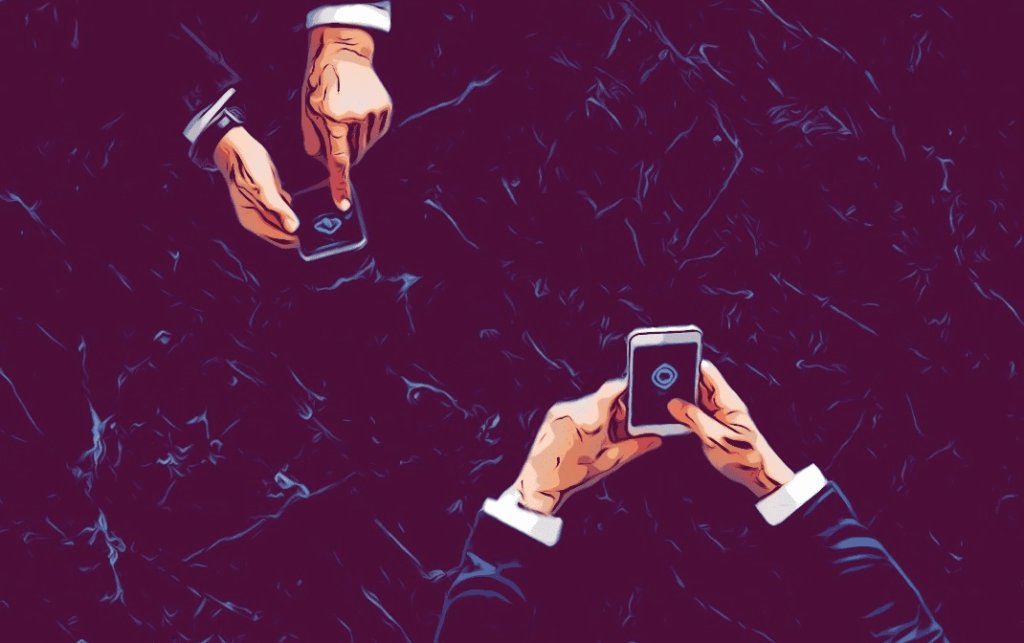It’s time to deconstruct all the terrible advice out there around push notification best practices.
There’s an awful lot of bad advice going out around what makes the best push notifications. When it’s best to send push notifications. What message you should include in your push notification to increase mobile app engagement.
Much of this advice simply isn’t true. And it fails to consider what makes a successful app engagement strategy. Let’s look at some of the myths around push notifications and what might be the reality instead.
Table of Contents
Push notification timing
Myth – the best time to send push notifications is between 6-8pm
Reality – the best time to send push notifications is exactly when your user gets the most value from the notification.
Of course, users are more complex than that. You might get relative success sending your notification at a certain time. but if you’re trying to effectively increase mobile app engagement, anyone telling you to send push at one time a is probably trying to oversimplify the problem.
You might say well, ‘when the user gets the most value’ – that’s hard to define. Well, you’re right. But there’s a whole range of solutions to try and find that ideal moment. Just because it’s difficult doesn’t mean that it’s impossible.
Questions in push notifications?
Myth – ask your users a question in the notification, that’ll trick them to love your app as nobody ignores a question
reality – actually this is just plain annoying and insulting to the average user.
Yes, that’s right, human beings, after many years of evolution can, in fact, resist the urge to answer every question that’s thrown at them. A mobile engagement strategy should seek to do more than trick people into engagement.
What people should say when suggesting questions as push notifications is – sometimes it makes sense to ask your users a question – as long as it is in the right micro-moment.
Push notification visuals
Myth – images and GIFs improve retention and engagement
Reality – value > moving images.
Whilst it has been said that some GIFs are insanely engageable, that doesn’t mean that your notification will receive 95% engagement because it has a moving cat on it.
Once again, the key to a better mobile app engagement strategy is relevancy. If your overall message sucks or is not relevant then no matter what visual you send with it, you’ll get terrible engagement.
How to personalize push notification strategy
Myth – Personalisation means addressing someone by name.
Reality – Push notification best practices to include historical, behavioural based personalization.
Woooooahhhh. I just got a notification with my name in it. How did it know? What a smart app. I’ll continue using it forever. – said nobody ever.
Using historical behavioural data, both in-app and in the real world are much better ways to personalize your push notifications and app engagement strategy. I’d much rather receive a notification that’s relevant without my name in than one that is addressed to me but serves no purpose.
Push notification KPIs
Myth – open rates are the most important of the app engagement metrics.
Reality – Vanity metric
Whilst notification open rates can be suggestive of positive engagement you have to look at the purpose of your push strategy. Some apps benefit when the notification is the message.
I don’t know about you but I want my push notifications to tell me everything I need to know concisely and give me the choice to dig deeper whilst simultaneously providing with justification for downloading the app in the first place. 🤔
Open rates are a controversial subject when considered as a part of a mobile app engagement strategy. It’s important to get as much data as possiblearound engagement and use this to understand if your metrics are truly representative of strong app engagement.

Communicating with your users
Myth – users want to know about new features and products
Reality – users don’t want to know about relevant products
Just because you think your new app feature is great doesn’t mean that all your users want to know about it. Reserve your notifications for essential, engaging content. Remember, in-app communication and effective onboarding are also part of a successful app engagement strategy and can be used to communicate new features and updates.
Conclusion
Many apps out there are doing amazing jobs of boosting app engagement with effective push notification strategies.
Fine tune your push notification strategy to focus on exactly what your user’s needs are. Communicate in a relevant way and ensure that you always put the user first.
Use data and insights to understand your push notification strategy and look at multiple KPIs to understand what’s right for your mobile app engagement strategy.
Grow your app with Tamoco
James is the head of marketing at Tamoco



Leave a Reply